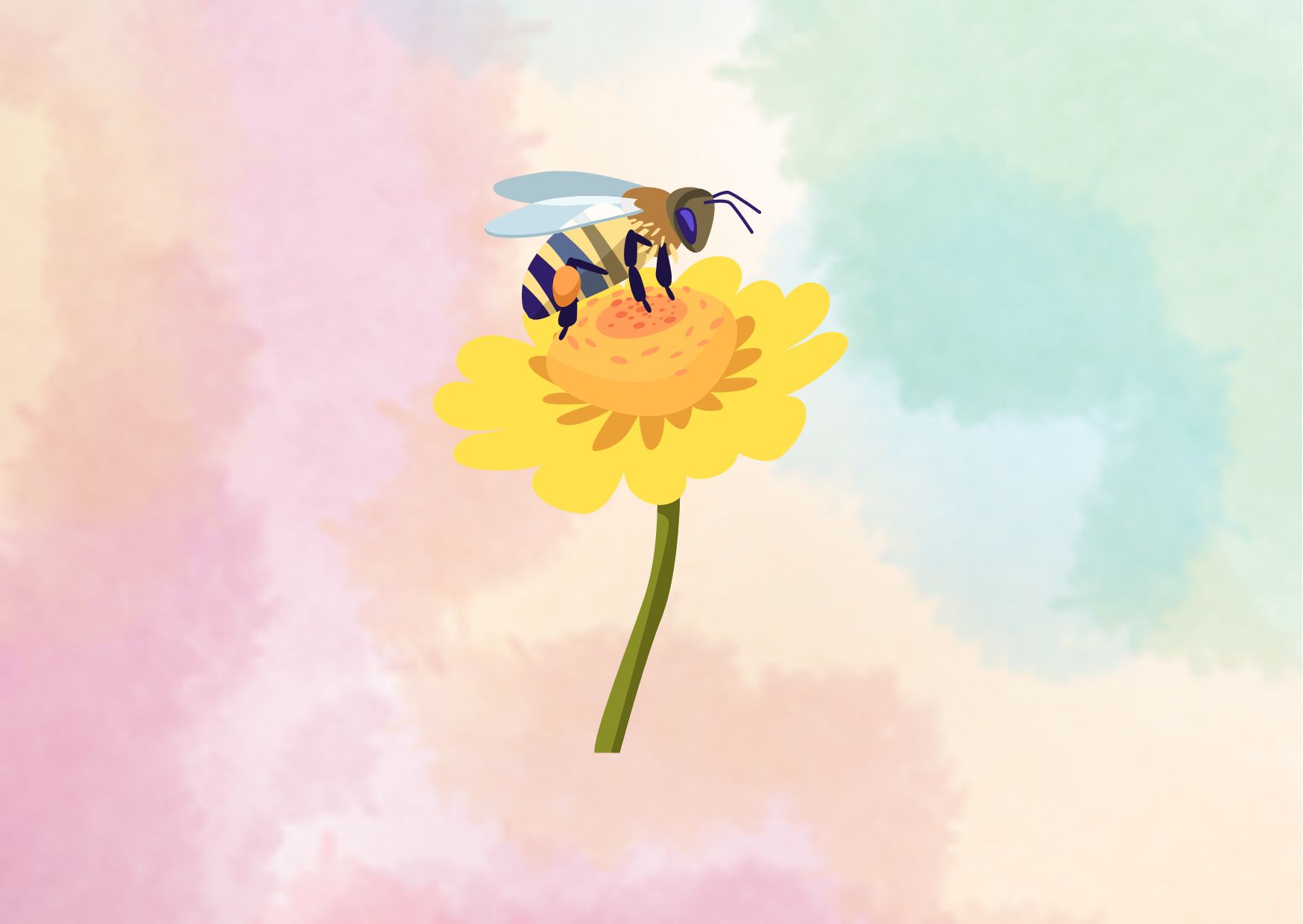Unraveling the Mysteries of Symbiotic Relationships
Symbiotic relationships, where two or more different biological species engage in close, prolonged interactions, are an integral part of the intricate web of life on Earth. These remarkable bonds can take various forms, ranging from mutually beneficial partnerships to parasitic associations where one party benefits at the expense of the other. From the delicate dance between ants and acacia trees to the harmonious coexistence of nitrogen-fixing bacteria and leguminous plants, symbiotic relationships exemplify nature’s incredible ability to forge interdependent alliances for survival and growth.
At their core, symbiotic relationships encompass a diverse spectrum, including mutualism, commensalism, and parasitism. Mutualistic bonds, such as the symbiosis between sea anemones and clownfish, highlight the profound benefits both parties derive from their association. Commensalistic relationships, like barnacles hitchhiking on whales, showcase the remarkable adaptations that allow one organism to thrive without significantly impacting the other. Even parasitism, where one organism exploits its host, plays a crucial role in maintaining ecological balance, although introduced invasive parasites can wreak havoc on vulnerable ecosystems.
Types of Symbiotic Relationships
Understanding the Symbiotic Spectrum
Symbiotic relationships encompass a diverse array of interactions between different organisms, each with its unique dynamics and implications. At the core of this intricate web lies the concept of symbiosis, which describes any relationship or interaction between two dissimilar organisms. Within this broad definition, five main types of symbiotic relationships emerge:
- Mutualism: In this mutually beneficial association, both organisms derive advantages from their interaction. A prime example is the relationship between clownfish and sea anemones, where the clownfish receives protection from predators by residing within the anemone’s tentacles, while the anemone benefits from the clownfish’s waste products, which serve as nutrients.
- Commensalism: In this type of symbiosis, one organism benefits while the other is neither harmed nor benefited. The relationship between barnacles and humpback whales exemplifies commensalism, where the barnacles hitch a ride on the whales, gaining access to new food sources without causing harm to their hosts.
- Predation: This relationship involves one organism preying upon another for sustenance. While not traditionally considered a form of symbiosis, predation plays a crucial role in maintaining ecological balance and shaping the dynamics of various ecosystems.
- Parasitism: In this exploitative association, one organism (the parasite) lives on or within the host organism, deriving nutrients and shelter at the host’s expense. Some barnacles, for instance, root themselves in crabs’ reproductive systems, causing harm to their hosts.
- Competition: Organisms engaged in competition struggle for the same limited resources within their shared environment. This type of interaction is exemplified by the relationship between corals and sponges in coral reefs, where they compete for space and nutrients.
Symbiotic Relationships in Human Contexts
While symbiotic relationships are often associated with the natural world, they also manifest in various human contexts. For instance, clingy couples or relationships where parties provide different forms of support to each other can be considered symbiotic. Additionally, humans engage in symbiotic relationships with the bacteria in their gut, as well as with the yeast used in bread and beer production.
Symbiotic relationships can also exist between different groups of humans, such as when one person provides housing, food, or other resources in exchange for companionship, affection, or other services. Furthermore, the bond between humans and domesticated animals like dogs, sheep, and cattle exemplifies a symbiotic relationship that has played a pivotal role in human civilization.
The intricate tapestry of symbiotic relationships showcases the remarkable interdependence that permeates life on Earth. From the delicate balance of mutualistic partnerships to the intricate dynamics of parasitism and competition, these associations highlight the incredible adaptations and strategies organisms employ to thrive in their respective environments.
Symbiotic Relationships in Businesses
The Essence of Symbiotic Business Partnerships
The concept of symbiosis, a powerful force that governs intricate relationships in the natural world, has found remarkable applications in the realm of business. Just as organisms engage in mutually beneficial partnerships to thrive, organizations can forge symbiotic alliances to solve complex problems and unlock new opportunities. These strategic collaborations transcend traditional boundaries, fostering innovation, resource sharing, and collective growth.
Six Key Guidelines for Adaptable Symbiotic Business Relationships
- Make the symbiosis count: Successful symbiotic relationships in business are not merely vague notions of “breaking down silos.” They are purposeful partnerships aimed at solving specific problems or addressing well-defined challenges.
- Love thine enemy: Counterintuitive as it may seem, symbioses can occur between unlikely partners, even competitors. By recognizing shared goals or complementary strengths, unexpected alliances can blossom, leading to groundbreaking solutions.
- Don’t wed your partner: Symbiotic business relationships need not be permanent, long-term marriages. They can be short-lived and focused on a specific issue, allowing organizations to adapt and forge new partnerships as circumstances evolve.
- Forget quid pro quo: In symbiotic relationships, the benefits need not be equal or reciprocal. As long as both parties gain something of value, the partnership can thrive, even if the gains are asymmetrical.
- There’s no such thing as a perfect partnership: Symbioses in the business world, like in nature, don’t have to be perfect. They simply need to solve problems effectively, even if imperfections or challenges exist.
- Prepare for the unexpected: Symbiotic partnerships can lead to “emergent properties” and serendipitous outcomes that cannot be predicted. Embracing this unpredictability and remaining open to unexpected opportunities is crucial.
Cultivating Symbiotic Business Relationships
Numerous examples illustrate the power of symbiotic business relationships:
- The Dr Pepper Snapple Group partnered with Viacom/MTV to market a lesser-known brand to the coveted Millennial demographic, leveraging each other’s strengths.
- Israeli, Palestinian, and Jordanian health officials collaborated to stop the spread of infectious diseases, setting aside broader conflicts to address a shared concern.
- Automakers like Toyota and Subaru formed focused partnerships, licensing technology rather than pursuing grand, all-encompassing alliances.
Within organizations, challenges and reward programs can foster unexpected symbiotic partnerships, encouraging cross-functional collaboration and problem-solving.
The “Bread Baby” story, popularized by author Michael Schrage, exemplifies the serendipitous nature of symbiosis. A chance encounter between a baker and a sculptor led to the creation of a unique product, the “Bread Baby,” highlighting the emergent properties that can arise from unexpected partnerships.
Symbiotic relationships in business refer to mutually beneficial relationships between different organizations or entities. Examples include partnerships between companies to leverage each other’s strengths and resources, supplier-customer relationships where both parties benefit, collaborations between businesses and non-profit organizations to achieve shared sustainability goals, ecosystems of startups, investors, and larger corporations that support innovation, sharing of infrastructure, logistics, or other resources between businesses, joint research and development efforts between competitors or complementary companies, franchising models where franchisors and franchisees have an interdependent relationship, outsourcing and offshoring arrangements that allow companies to focus on core competencies, and strategic alliances and joint ventures to enter new markets or develop new products.
While symbiotic relationships in business may not immediately increase profit margins, they can provide exposure, reach, and long-term benefits that transcend immediate financial gains. The key is to identify the unique value you can bring to a larger, more established entity and how both parties can benefit from the partnership. Building a strong network and fostering business connections is crucial for cultivating these symbiotic partnerships.
Symbiotic Relationships in Human Interactions
The Essence of Human Symbiosis
Symbiotic relationships, while often associated with the natural world, also manifest in intricate ways within human societies and interactions. At their core, these relationships involve a deep interdependence between individuals, groups, or entities, where each party derives benefits from their association
Just as organisms in nature forge mutualistic bonds to thrive, humans can rationally choose to cultivate symbiotic relationships that foster mutual growth and well-being. These connections permeate every aspect of our lives, shaping our futures and defining our pasts, ultimately determining the trajectory of where we will end up.
Mutualism: The Ideal Human Bond
Among the various types of symbiotic relationships, mutualism stands out as the most desirable form of human interaction. In a mutualistic relationship, both parties benefit from their association, fostering a harmonious exchange of support, resources, and growth opportunities.
- Reciprocal Support: Mutualistic relationships thrive on the principle of reciprocal support, where individuals or groups provide different forms of assistance to one another. This could manifest in emotional support, practical help, or the sharing of knowledge and resources.
- Complementary Strengths: By recognizing and leveraging each other’s unique strengths and capabilities, mutualistic partners can achieve more together than they could individually. This synergy allows for the creation of innovative solutions and the pursuit of shared goals.
- Personal Growth: Engaging in mutualistic relationships often facilitates personal growth and self-improvement. Through exposure to diverse perspectives, constructive feedback, and collaborative problem-solving, individuals can expand their horizons and develop new skills and insights.
Cultivating Symbiotic Human Relationships
To nurture and maintain symbiotic relationships, individuals must actively cultivate certain qualities and behaviors. Here are some key actions that can foster better human connections:
- Kindness and Empathy: Approaching interactions with kindness and a genuine understanding of others’ perspectives can create a foundation of trust and mutual respect.
- Demonstrating Worth: By consistently showcasing one’s value and contributions to the relationship, individuals can reinforce the benefits of their association and strengthen the bond.
- Humility and Dependability: Maintaining a humble attitude and being reliable and consistent in one’s actions can foster a sense of trust and stability within the relationship.
- Genuine Gratitude: Expressing sincere appreciation for the support and contributions of others can reinforce the symbiotic nature of the relationship and encourage continued cooperation.
- Authentic Communication: Open, honest, and respectful communication is essential for addressing challenges, resolving conflicts, and ensuring that the needs of all parties are understood and addressed.

